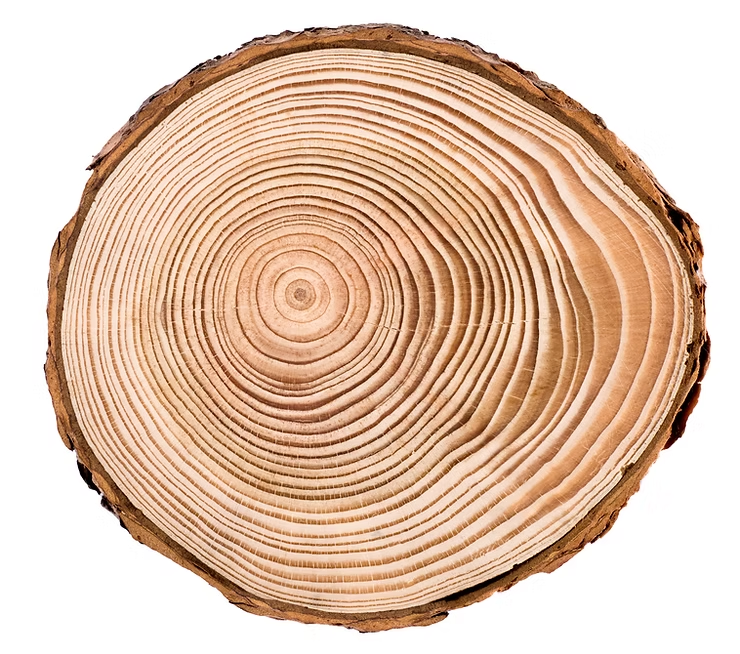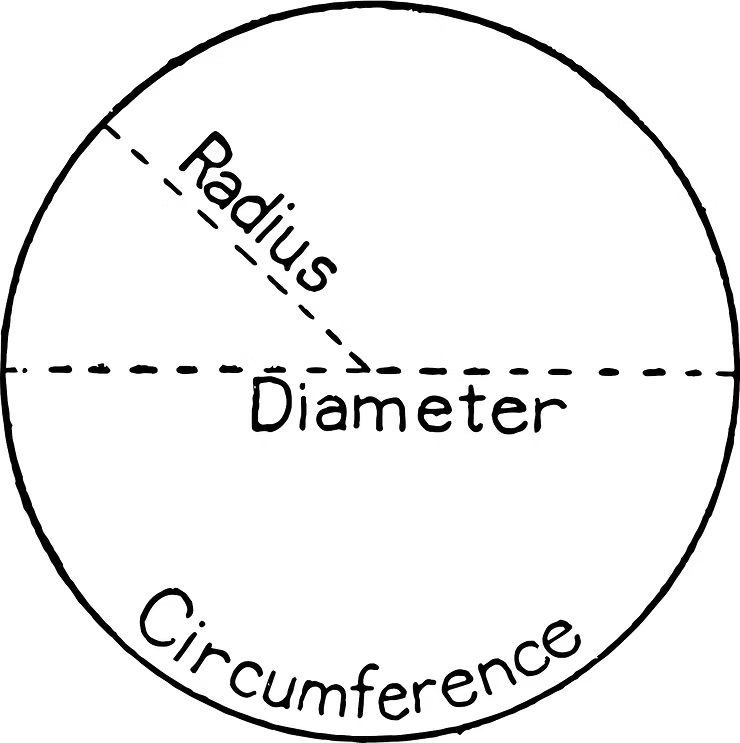How old is that tree? Learn how to tell with simple math
- Willy's Wilderness
- Jun 15, 2020
- 4 min read
Updated: Jul 23
Have you ever looked at a giant tree and wondered just how old it is? Some are so large that you can’t even wrap your arms around them. They are probably older than you! But how can you tell?

Count the Rings
One way to figure out how many birthdays a tree has had is to count its rings. Each year, as a tree grows, it adds a light ring of new growth to its trunk during the spring and early summer, when it is growing quickly. It also adds a thinner, darker ring in the fall, when it grows more slowly. One year of a tree’s life equals a dark ring and a light ring. If you come across a tree stump and want to see how old the tree is, don’t forget you have to count just the light rings OR the dark rings. Don’t count both!

We can tell a lot about trees and the world they live in by their rings. During the years when temperatures and rain are just right for the tree, it grows faster and its rings are wider. In other years, when it is extremely hot or bitterly cold with too much rain or not enough, the trees grow more slowly and the rings are thinner.
The science of tree rings is called dendrochronology. Scientists love these rings, because it can tell them a lot about what was going on in the past, climate-wise. They can look at a tree ring and know that year was a very difficult year. When tree rings are put to work this way, it’s called dendroclimatology.
The best part is scientists don’t have to go cutting down trees to find out this information. They use a special tool called an increment borer to cut out a thin chunk, the width of a pencil, that won’t damage the tree.
It’s All About the Math
What if you don’t have a fancy tree tool? Don’t worry, you don’t have to go around cutting down trees to find out their age. All you need is math! It won’t give you the exact age of a tree, but it will get you close.
Here are a couple geometry terms you need to know before you get started.

Circumference: The measurement of the outside of a circle. The math symbol for circumference is C.
Diameter: The measurement of a circle’s width, or distance from edge to edge, measuring through the center. Think of it as a line that goes through the center of a circle. The symbol for it is d.
Pi: The value of pi 3.14, which is a very special number in math. The symbol for pi is π. It is the ratio of a circle’s circumference to its diameter. After measuring circular things for thousands of years, people found that the circumference was always a little more than three times its diameter. Pi is amazing because it can go on forever and never repeat. Because we would never get anything done if we counted pi forever, we just say it’s about 3.14.
Step 1
Wrap a measuring tape around a tree’s trunk at about 4½ feet off the ground. If you don’t have a measuring tape, wrap string around the tree. Then use a ruler to see how long the string is. You will be measuring in inches. This is the tree’s circumference. Write down the measurement.
For our example, let’s say the tree measured at 52 inches. That means the tree’s circumference is 52 inches.
Step 2
Use the circumference of the tree to find its diameter. The formula for finding diameter is circumference divided by 3.14 (π) = diameter.
C ÷ π = d
52 inches ÷ 3.14 = 16.6 inches
Step 3
Find out what type of tree you are measuring. You may have to pull out a field guide, look online or use an app to identify the tree. Look at the shape of the tree, the bark and the leaves. Summer is a good time to identify trees with all their leaves!
Different tree species grow at different rates. Some species of trees grow fast, while others take their time. This is called the tree’s growth factor. Here are some common tree growth factors. Just keep in mind that this is an estimate!
2.0: Aspen and cottonwood
3.0: Silver maple, pin oak and linden
3.5: River birch
4.0: American elm, green ash and red oak
4.5: Black walnut and red maple
5.0: Sugar maple, white birch, white oak and black cherry
7.0: Dogwood, ironwood and redbud
We’ve done the research. Our imaginary tree is a white oak. Our growth factor = 5.0.
Step 4
Find out the age of the tree by multiplying the diameter by the growth factor.
d x growth factor = tree age
16.6 inches x 5.0 = 82.5 years old
Wow, our tree is approximately 83 years old. (We rounded up.) That means it sprouted around 1937 — the same year Disney’s “Snow White and the Seven Dwarfs” came out. Our tree has seen a lot!
Now that you know how to figure out about how old trees are with just a little math, go out and be a tree detective. Figure out the age of the trees in your yard or park! For added fun, find out what happened the year your tree sprouted.


